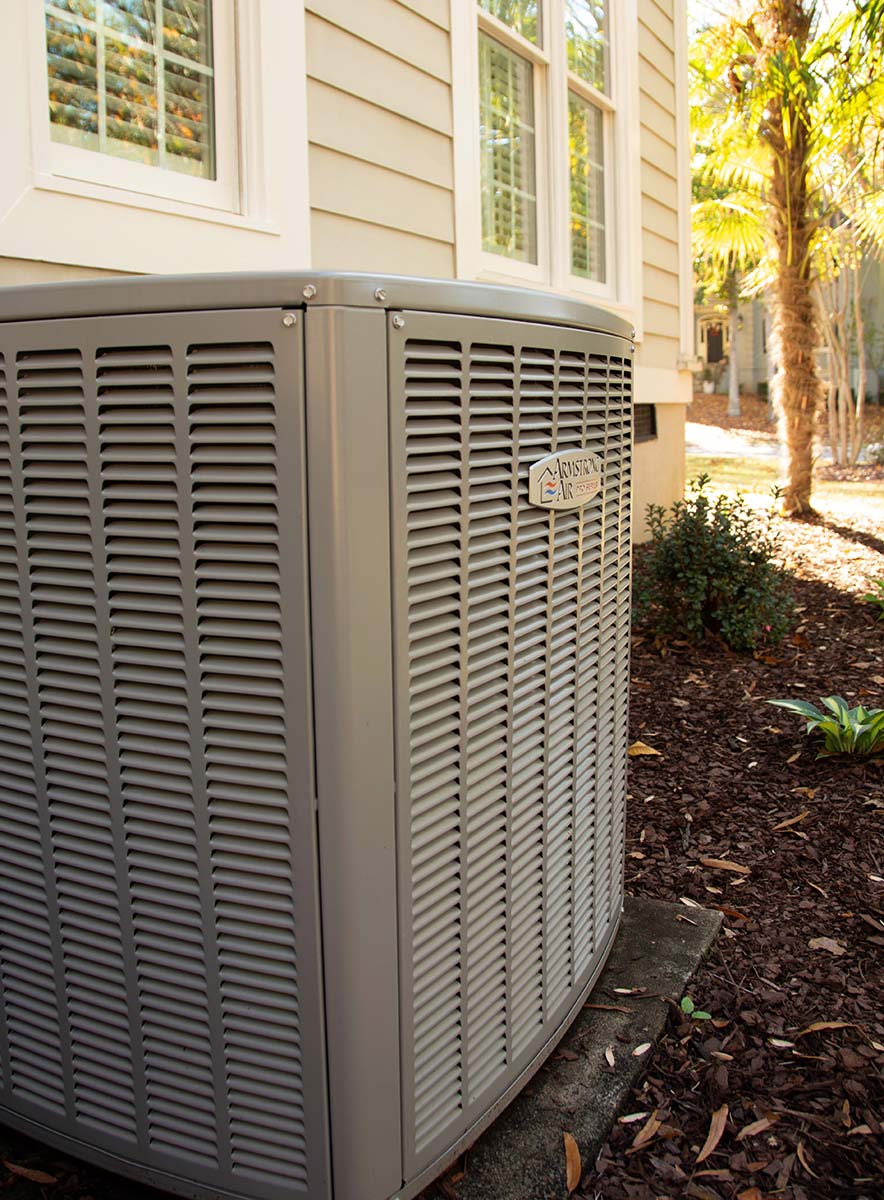While the 2022 Inflation Reduction Act (IRA) has many components within the bill, what likely matters most to the HVAC community and consumers needing to replace their systems is found within two provisions. The first is straightforward and easy to understand: The Internal Revenue Code Section 25C for homeowners who make qualified improvements of higher-efficiency HVAC equipment to their primary residences has been extended to 2032, and the available tax credit has been increased on air conditioners, gas furnaces, and heat pumps.
Heat pumps, specifically called out in the IRA, are also experiencing a significant increase — up to $2,000, whereas furnaces and air conditioners are up to $600, and this is consistent with the government’s goals of promoting electrification while reducing greenhouse gases and our collective carbon footprint. The credit allowed under this section with respect to taxpayers during a taxable year shall not exceed 30% of the installed cost up to $1,200.
The good news for the industry is that 25C has been around for years. We have a good understanding of what qualifies, and 25C is not funded by a fixed budget. The biggest variable is the owner’s individual tax situation and how much of the credit he or she will actually qualify for, and that’s up to a tax professional to figure out.

PROFITABLE PROVISIONS: IRA incentives benefit the installation of HVAC equipment, such as an Allied Air Pro Series Econ unit. (Courtesy of Allied Air Enterprises)
The other provision is a tiered rebate for lower-income households. State-level rebates in the High Efficiency Electric Home Rebates program is great for consumers, as it offers up to $8,000 for qualified homeowners who replace their HVAC systems with high-efficiency heat pump systems — which can just about cover the complete cost of the system along with electric panel upgrades, wiring improvements, and insulation and sealing.
Why are heat pumps the rock stars of the IRA? The IRA incentivizes high-efficiency replacements and encourages the move to electrification, which is simply replacing fossil fuel systems with an alternative, electric heat source. Heat pumps — ducted and ductless — have been demonstrating significant growth in recent years, and industry shipments exceeded gas furnaces in 2022. They have demonstrated a reduced impact on the environment:
- Minimal direct emissions;
- Indirect emissions due to fossil fuels used for electricity production;
- Energy is getting cleaner with 85% of new capacity being wind or solar; and
- Estimated ~50% reduction in carbon dioxide over the next 15 years by switching from a gas furnace to a heat pump.
Simply put, heat pumps transfer heat from outside to inside. You might wonder how it’s different than a/c units, it’s the reversing valve that allows the flexibility to both heat and cool the given space. Heat pump compressors have three basic types:
- Single-Stage - for entry efficiency;
- Two-Stage - for Mid-Efficiency with two speeds to create added comfort and energy savings; and
- Inverter - for Mid-to High-Efficiency and features gradual ramp up and down for fine-tuned comfort, lower sound, and decreased energy usage.
The perception that heat pumps don’t work in cold climates is not accurate. Heat pump technology has improved in the past 50 years and the CCHP challenge is underway. Cold climate heat pumps operate at full capacity down to 5°F by increasing compressor speed. Many OEMs across the industry are investing in heat pump technology and speaking specifically about Allied Air and the corporation we’re a part of, it’s a significant area of focus.
When advising on any new equipment or replacements, the important caveat here is that the funds are limited, and the administration of these funds is being determined at the state level. There is a fixed budget and each state must develop its own plan, which means the process, qualifications, and funding amounts may vary by state.
Issues could arise, for example, when a system is sold to a lower-income household that qualifies for the rebate. Let’s say it’s July, the consumer doesn’t submit their paperwork until September, and it just so happens that the state ran out of funding for the year. In this scenario, the caveats and timing have to be clearly explained. This is an exciting incentive and a great opportunity to satisfy consumers with premium home comfort that also drives higher profits to your business. But the need to be crystal clear with consumers on the details of the availability of funds is going to be critical for your reputation. Remember you can reach out to your state energy office to get the details you need for your customers.



Report Abusive Comment